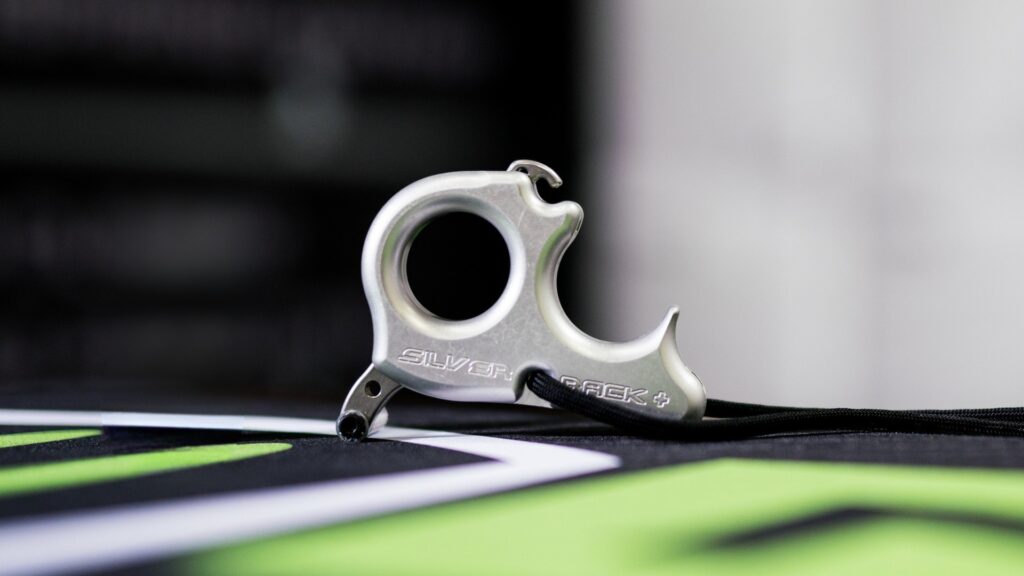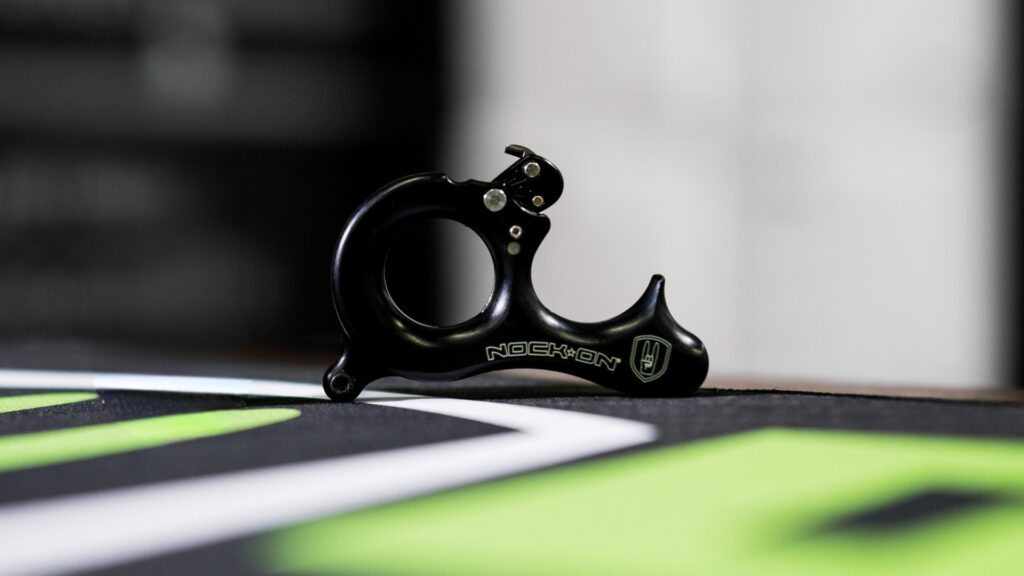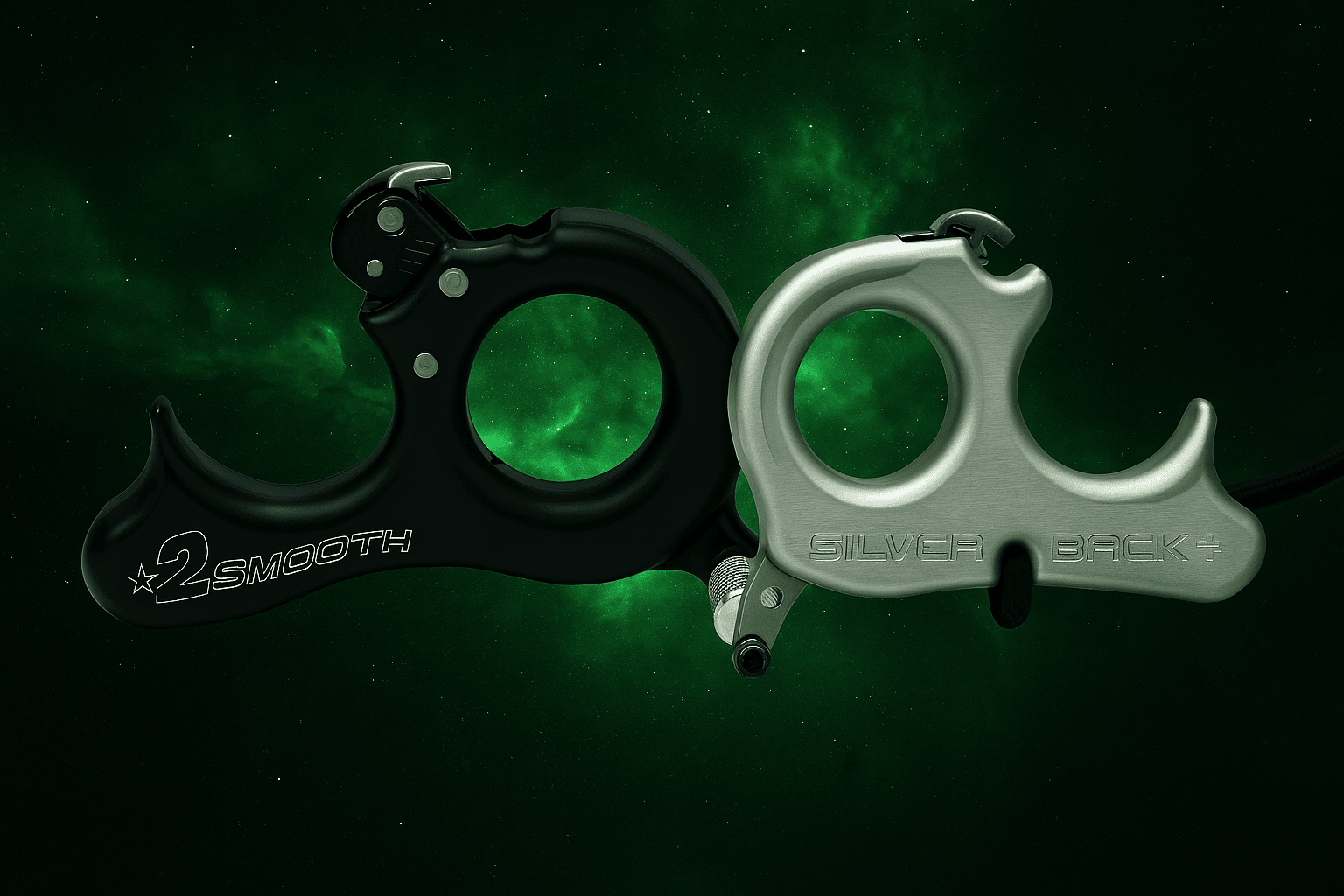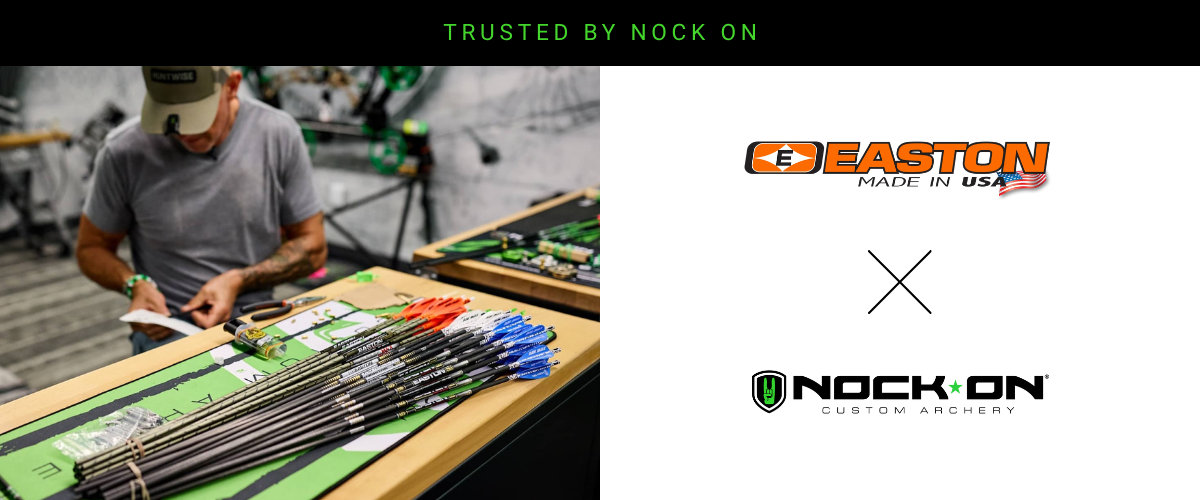It’s the question that floods my inbox daily: “John, should I shoot a hinge release like the 2 Smooth, or a tension release like the Silverback?” The answer isn’t as simple as picking one over the other — it’s about understanding when and why to deploy each tool in your archery arsenal.
One of the keys that separates good archers from great archers is that critical moment when the arrow breaks free — that perfect, unanticipated surprise that sends your arrow downrange without the interference of anticipation or flinching. Both tension and hinge releases deliver this surprise shot, but they’re different paths to the same destination.
Throughout my career, I’ve used both release styles extensively. After battling through my own target panic in the early days with a hinge release, and later developing the Silverback series of tension releases, I’ve discovered that these aren’t competing tools — they’re complementary, serving different phases of an archer’s seasonal journey.
In this breakdown, we’ll examine how each release works mechanically, the mental approach required for each, and why I strategically transition between them as the hunting season progresses. Whether you’re fighting target panic or simply looking to elevate your shooting to the next level, understanding the offensive and defensive approaches of these releases will transform your archery experience.
The Common Ground: The Surprise Shot
Before diving into the differences, let’s establish the foundation that makes both of these releases game-changers: the surprise shot execution.
When an arrow leaves your bow at the exact moment you didn’t expect it, something magical happens. You’ve overcome a huge hurdle that causes even the best archers to stumble. With a trigger release, you rely on your patience and mental fortitude to quiet that little voice inside your head that says, “Now!” (which can introduce all kinds of human error into your shooting form). With a surprise shot, your mind doesn’t have time to compensate, manipulate, or anticipate the shot. Instead, the arrow is leaving the bow free and clear from anticipation. This surprise element is the moment of magic and the cornerstone of consistency at the highest levels of archery.
Both the hinge and tension releases share this core principle. With either release in hand, you’ll never truly know the precise millisecond when the shot will break. That uncertainty creates a mental framework where you must commit to proper form in your shot sequence, from setting your anchor point to pulling and finishing.
I’ve watched countless archers transform their groups overnight when they finally experience what a true surprise shot feels like. The mental clarity that comes from surrendering control of the exact moment of release allows your subconscious to focus entirely on aiming and maintaining form.
What separates these two release types isn’t the end result — it’s the mental and physical journey to get there. The hinge requires patience and subtle movement, while the tension demands commitment and progressive pressure. The surprise is the same, but the path differs significantly… and the in-between time is an amazing thing to master.
Tension Release: The Offensive Approach
Tension releases like the Silverback Plus operate on a fundamentally different principle than traditional releases. Rather than triggering through movement of the trigger itself, the tension-activated releases respond to increasing pressure against your bow’s back wall.

Here’s how the tension release works mechanically: after drawing your bow and establishing anchor position, you’ll hold the safety button down with your thumb. When you’re ready to initiate the shot, you slowly release the safety. Then comes the critical element — you actively pull your elbow back, increasing pressure against the bow’s back wall until the release fires at your predetermined tension threshold.
Think of this as a more offensive approach to shooting. You’re not waiting for something to happen; you’re making it happen through controlled, purposeful pressure. This dynamic execution builds consistency in how you apply force to the back wall, eliminating the variable pressure that often leads to inconsistent groups.
This continual pull is a dynamic movement that is exactly what Olympic-level archers are using with their recurve bows. For their style of archery, they use a slightly different device to monitor their continual pull but the results are the same. Continual pull with continual trust in pin float until the arrow leaves with a surprise. THIS PROCESS IS PROVEN and why I allocate time each year to polishing this principle.

I reach for my Silverback at the beginning of each season when I’m shaking off the rust from a long break from hunting season. After months in the field where shots are less frequent and my form may have dipped, the tension release forces me back into an active shooting mindset. It demands wall pressure consistency and rewards committed execution.
The beauty of tension activation is that it builds a foundation of proper back tension. You simply cannot execute a proper shot without actively engaging those back muscles and committing to pulling through the shot. For archers struggling with target panic or those who find themselves “stuck” or “FROZEN” in the aiming process, this offensive approach provides the framework to break through plateaus.
The tension release teaches you to actively MAKE shots happen instead of WAITING on things to happen. This mindset is often so overlooked in a hunting situation too. When spot-and-stalk hunting or in situations requiring decisive action, the tension release’s offensive mindset perfectly complements the hunting scenario. You’re not passively waiting—you’re actively working through the shot process with purpose and commitment.
Hinge Release: The Patient Technician
The hinge release, like our 2 Smooth, operates on a completely different mechanical principle.

Visualize a seesaw or trapdoor mechanism—as you rotate the release through subtle hand manipulation, a hook travels along a crescent-shaped edge. When that hook reaches the edge, it falls off like a trapdoor opening, triggering the shot.
This movement-based activation creates a fundamentally different shooting experience. While tension releases demand active pulling, the hinge requires patience and refined movement. I execute mine through a combination of relaxing my index finger while maintaining and slowly building back tension, creating that pivoting motion that eventually triggers the release.
The hinge puts you in what I call a “defensive” posture — not in a negative sense, but in that you’re waiting for the surprise moment rather than consciously pulling until it happens. It’s about exercising patience while maintaining perfect form. This approach develops a shooter’s ability to trust their float pattern and accept slight pin movement while maintaining form integrity.

After I’ve established my offensive framework with the tension release, I transition to the hinge later in my training cycle or hunting season. At this point, I’m looking to refine my patience and develop comfort in the pocket — that sweet spot at full draw where everything feels connected and aligned. The hinge rewards archers who can slow down, breathe, and trust the process and enjoy their time with the pin in the middle.
The methodical nature of the hinge makes it particularly effective for controlled shooting environments where time pressure is minimal. When you need to make that single shot count after hours on stand, the hinge’s patient approach shines. It forces you to commit to proper form throughout an extended shot sequence, developing shooting discipline that pays dividends in the field.
For target archers or those looking to squeeze that last bit of accuracy potential from their setup, the hinge’s refined approach polishes technique to razor sharpness. The waiting game required builds mental fortitude alongside physical precision. The Silverback teaches you to get your pin in the middle of the target and then somewhat distracts you while you’re dynamically pulling through — whereas the 2 Smooth teaches you to trust “leaving your pin in the middle, longer” while the release is being manipulated.
Seasonal Strategy: Building the Complete Archer
My approach to these releases isn’t about choosing one over the other — it’s about strategic implementation throughout the year to develop a complete shooting system. Think of the tension release as building your foundation and the hinge as refining your technique.
Early season, after months away from intensive practice, I’m committed to the Silverback. Those first weeks back in training demand an offensive mindset — actively building wall pressure, establishing consistency, and forcing myself to trust my float pattern. The tension release doesn’t allow me to become static or lazy in my approach. It demands dynamic execution and builds the core elements of proper shot execution. It forces you to not “creep” at full draw and totally learn your bow’s cam system and being active with it.
Once I’ve re-established those fundamentals and built consistency in my wall pressure, I transition to the hinge. That’s when I can focus on slowing down the process, extending my comfort time in the pocket, and refining the patience that makes archery an art form. The hinge becomes a fine-tuning tool that polishes what the tension release built.
Ideally, by season’s peak, both releases deliver the same result — a perfect surprise shot executed with consistency and confidence. The path to get there differs, but the destination remains identical and clear. The destination is the middle of the bullseye! The archer who can master both has a better chance of adapting to any shooting scenario, or any type of release.
For those battling target panic or looking to break through accuracy plateaus, I recommend starting with a tension release to establish proper fundamentals before progressing to a hinge. There is no better way to understand “back tension” and pulling through than with a Silverback. It’s helped tens of thousands of archers.
Once you’ve mastered getting your pin on the target and pulling through, then you can transition to learning the patience of a hinge to round off archery perfection. This progression builds a complete archer with both offensive capability and defensive patience — the perfect combination for consistent field performance.






 massmonopoly
massmonopoly